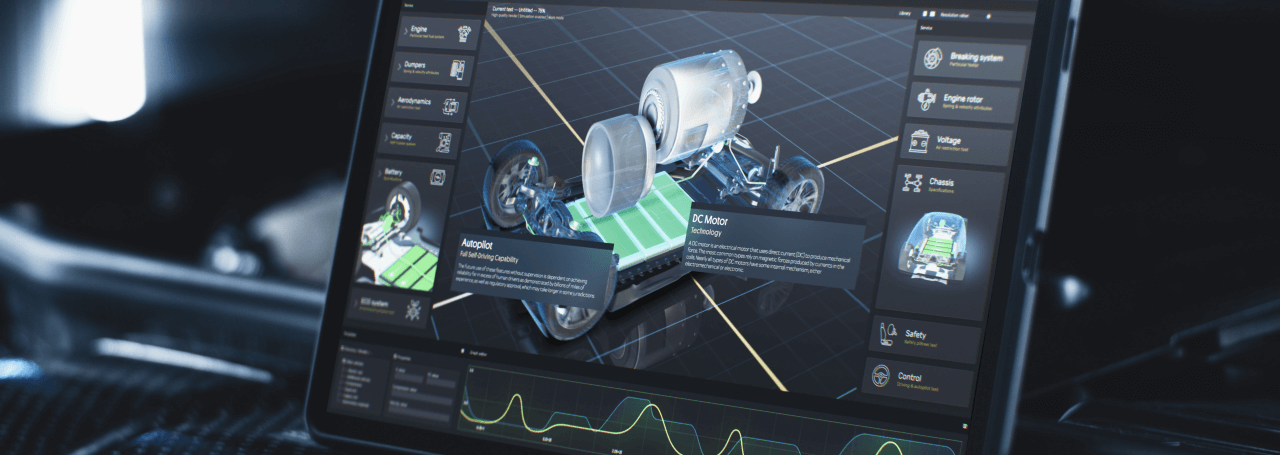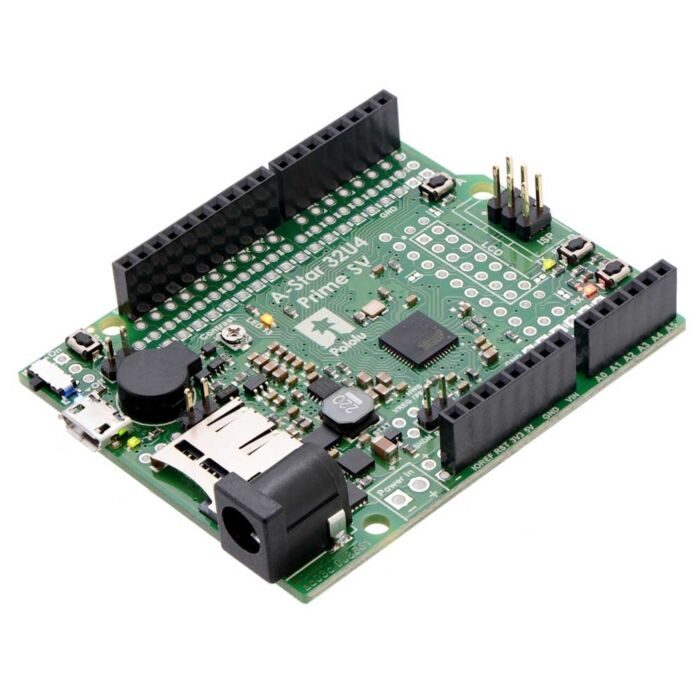
Character OLED modules support HD44780 protocols (parallel/I2C), using standard commands (cursor set, clear). Advanced features: 128x64 res, 1000:1 contrast, backlit control, blending legacy compat...
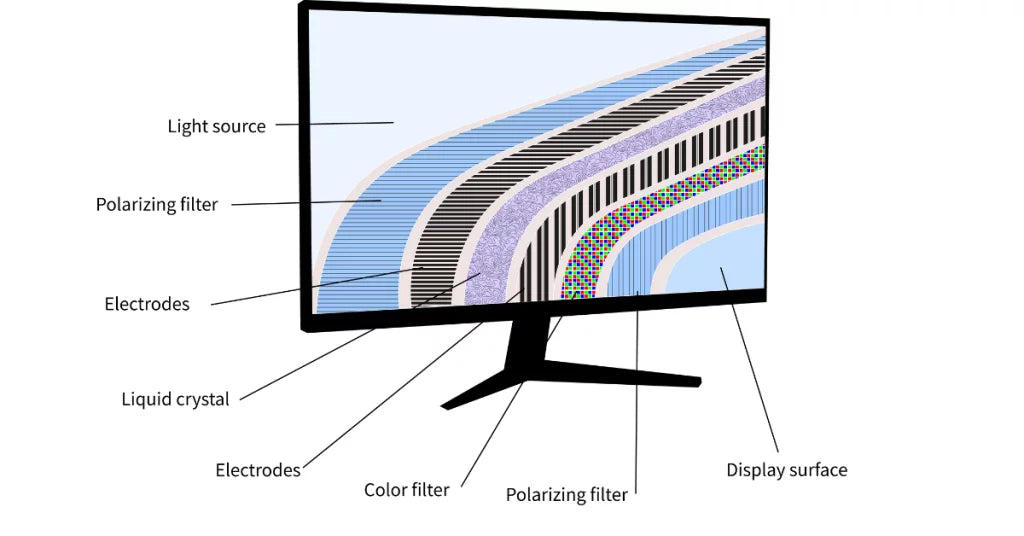
PMOLED uses row-column addressing (no TFTs), driving pixels via AC pulses (~10V). Found in 0.96” 96x64 displays (150cd/m²), powering smartwatches/calculators with <5mA power, ideal for compact, ...
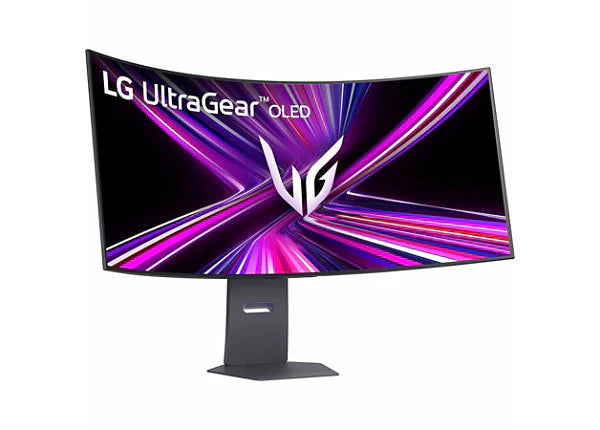
Character OLEDs use I2C/SPI interfaces (100kHz/1MHz), paired with SSD1306/SH1106 controllers. Drive via 3-5V, ~20mA; initialize with commands (set contrast, display on), loading fonts for alphanume...
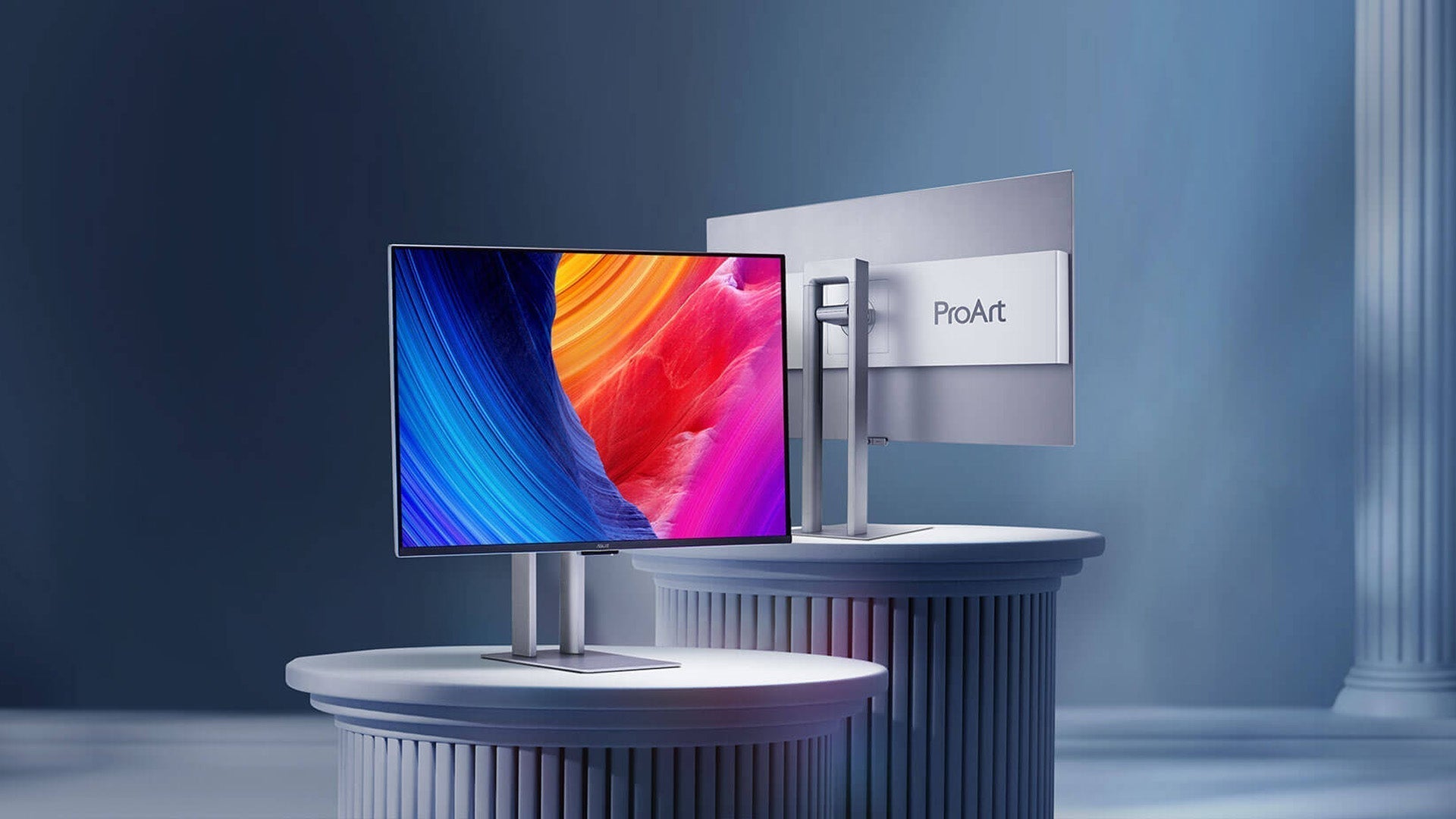
2025’s character OLED guides highlight self-emissive tech (1000:1 contrast, μs response), used in industrial dashboards/smart home panels. Select via 128x64 res, 500+ cd/m² brightness, and I2C/SPI ...
2025’s character OLED guides highlight self-emissive tech (1000:1 contrast, μs response), used in industrial dashboards/smart home panels. Select via 128x64 res, 500+ cd/m² brightness, and I2C/SPI...

High-end IPS displays serve professionals like graphic designers or photo editors, boasting 99% DCI-P3 color gamut for lifelike hues and factory calibration with ΔE<2 for near-perfect accuracy, ...
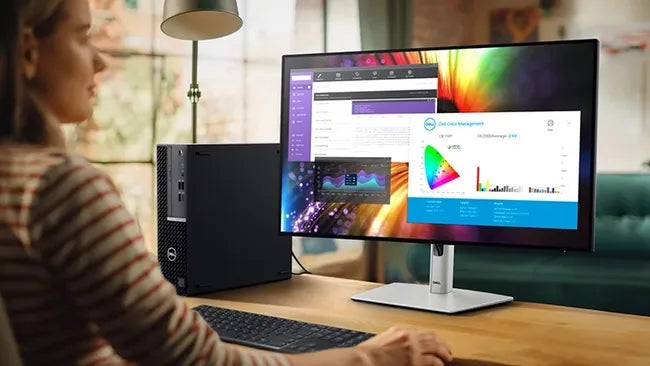
IPS displays generally deliver ~1,000:1 contrast, whereas OLEDs achieve near-infinite contrast (up to 1,000,000:1) via self-emissive pixels; however, OLEDs face burn-in risks and average 50,000-hou...
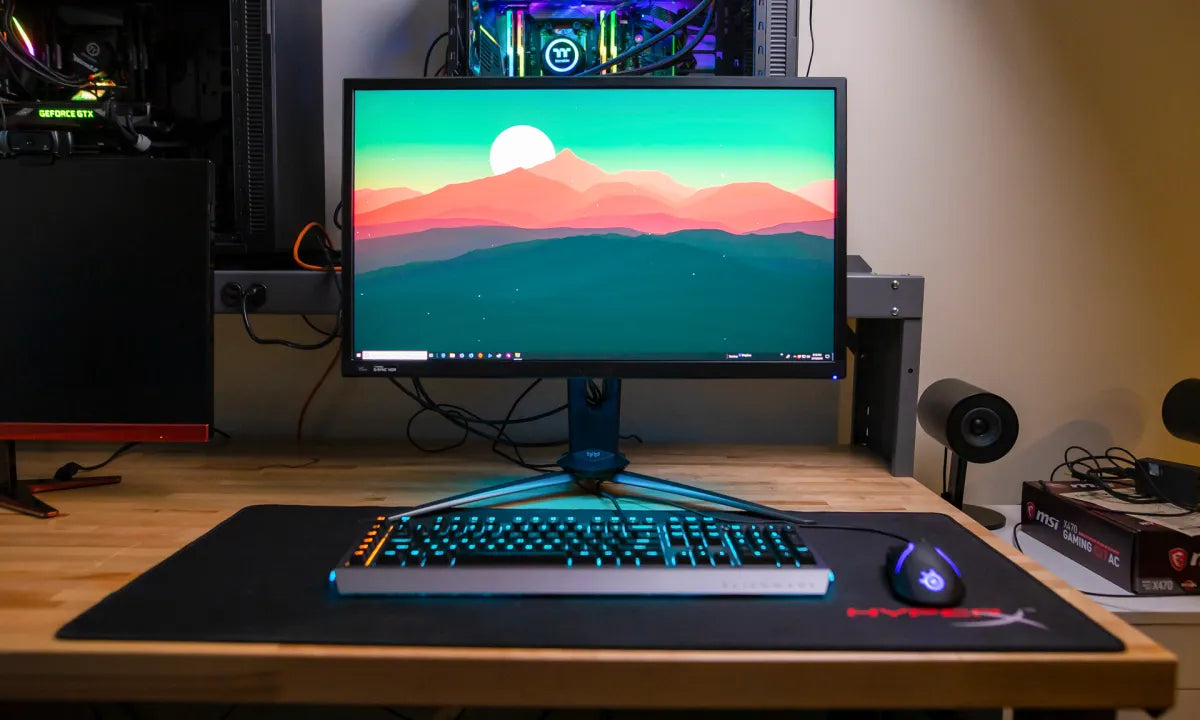
When selecting an IPS monitor, focus on key specs: panel type (IPS offers 178° wide viewing angles, better than TN/VA), response time (aim for ≤5ms GTG for gaming, typical 4-8ms), and brightness—25...

IPS display technology, utilizing liquid crystals aligned horizontally that rotate mainly sideways under voltage, delivers wide 178-degree viewing angles, consistent colors (often ΔE<2 for accur...


